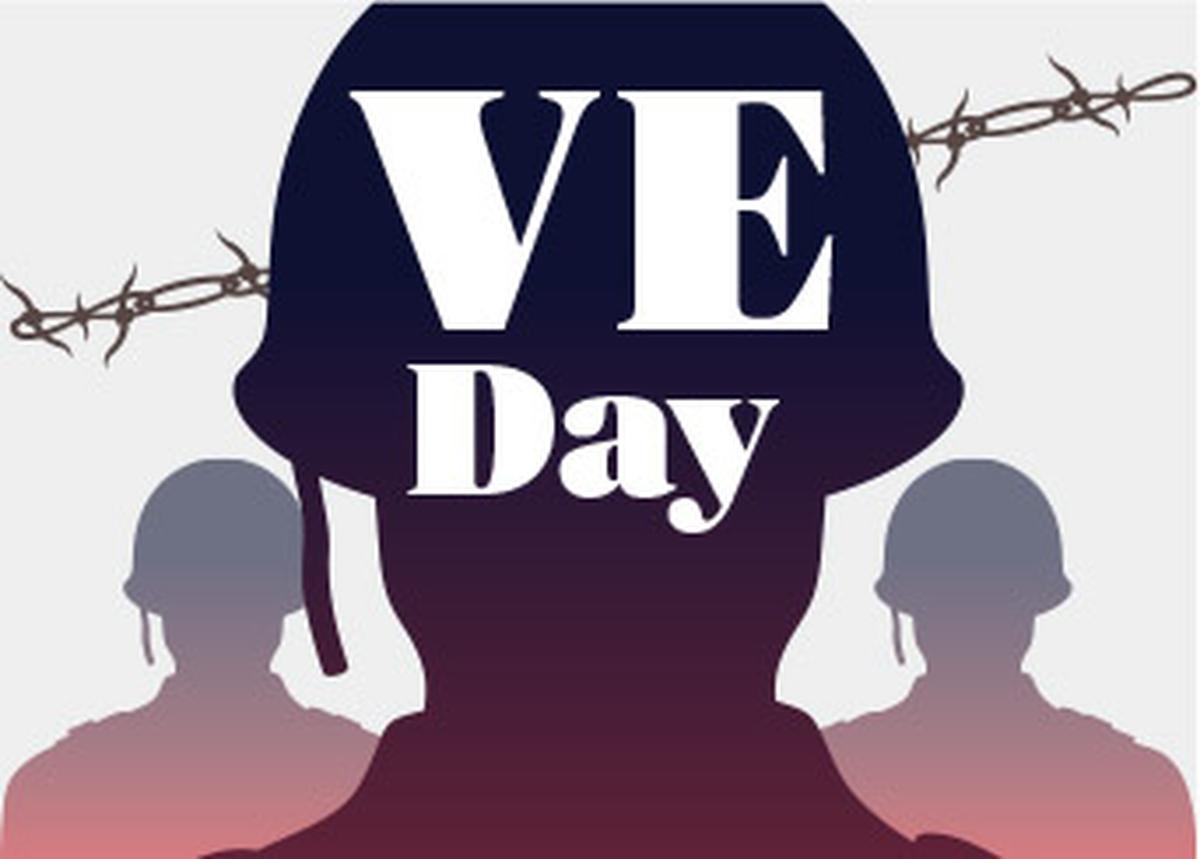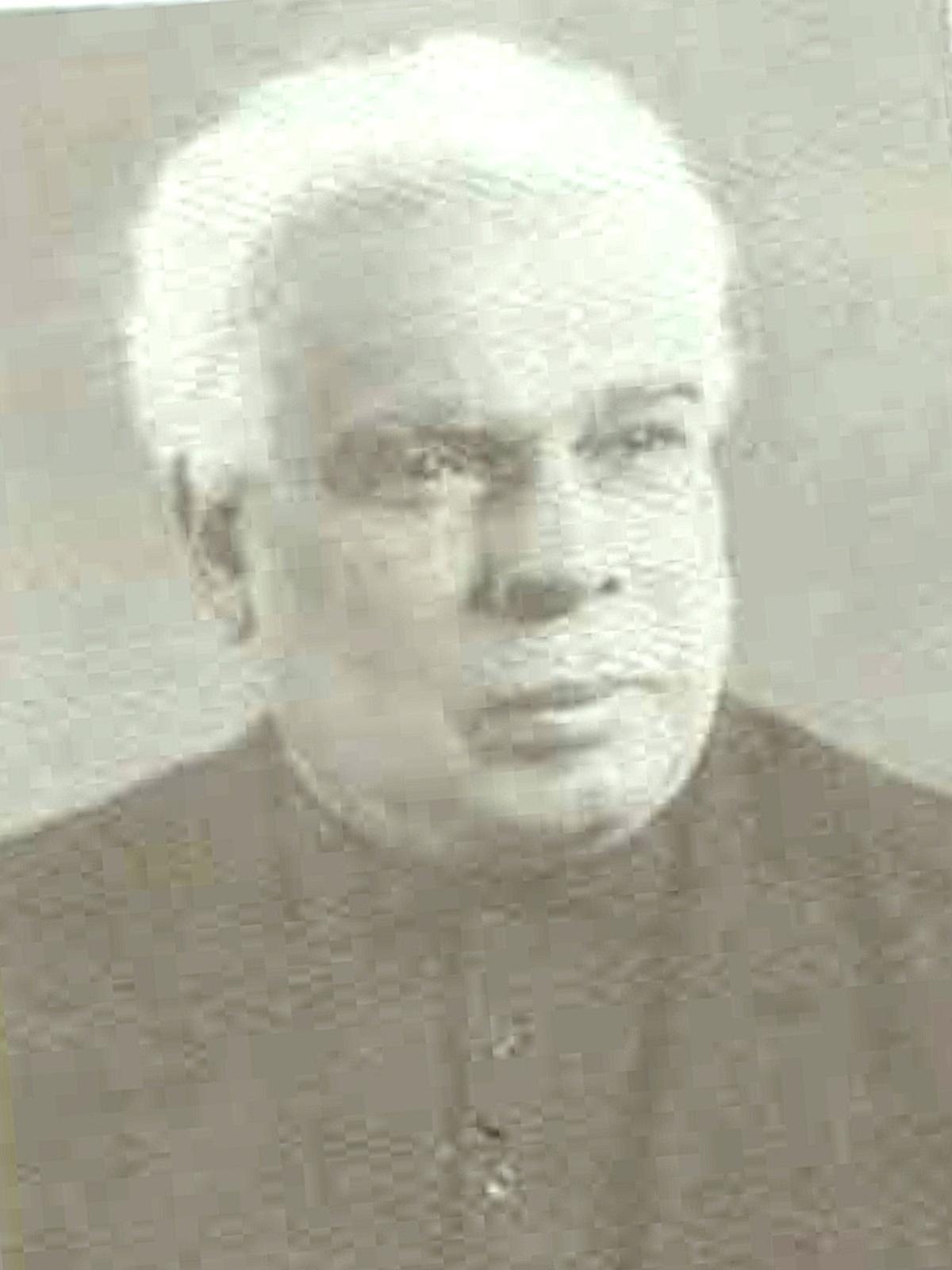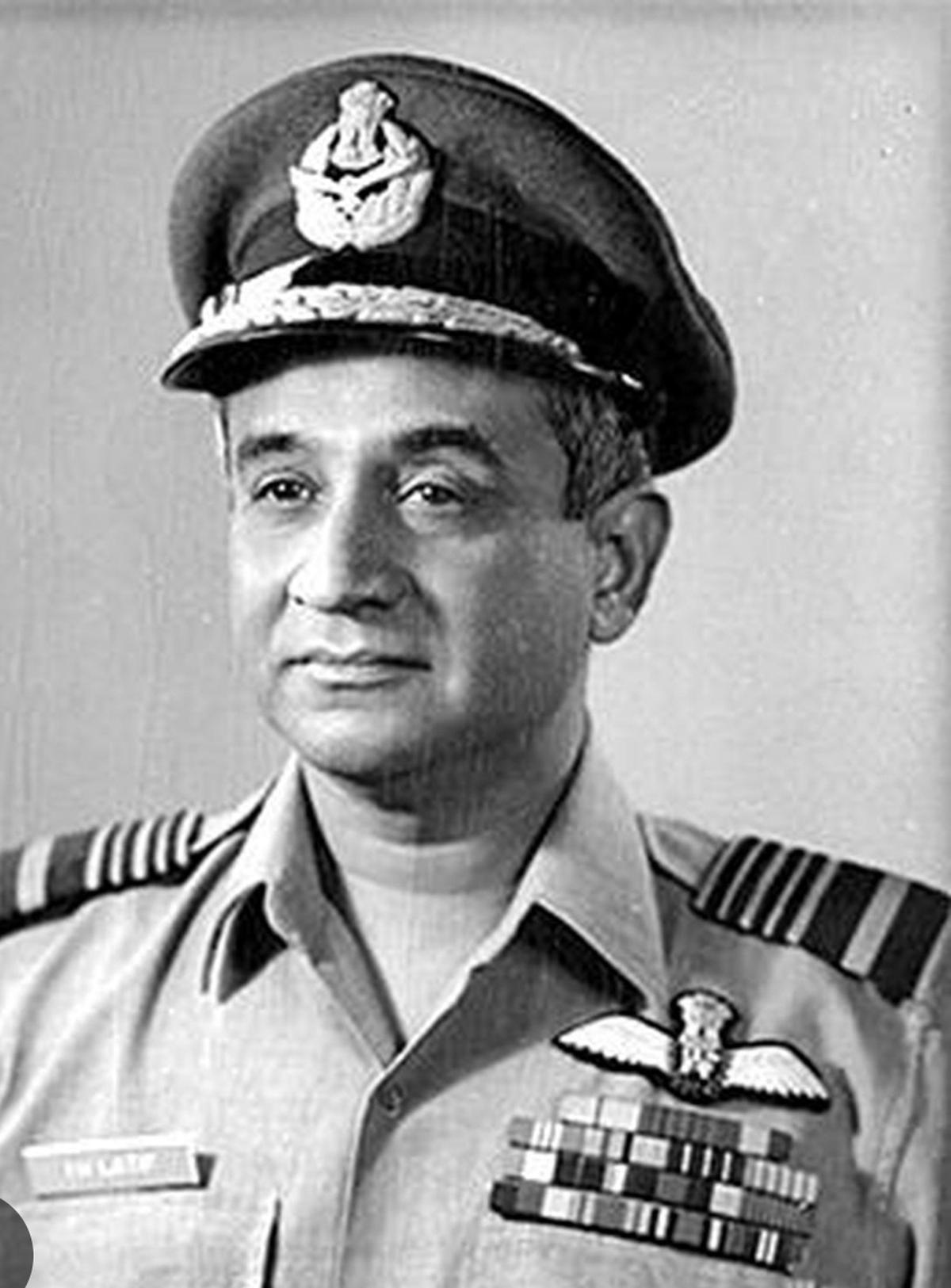
‘It is a time to remember that every individual, no matter how humble and no matter where they may live, can shape the course of all of history’
| Photo Credit: Getty Images

Eighty years ago, on May 8, 1945, the Second World War officially ended in Europe with the surrender of Nazi Germany in Reims and Berlin to the armies of the Allied powers. It is a day celebrated as Victory in Europe (VE) Day, but passes unnoticed in India where the war years (1939-1945) are largely remembered as the finale of the struggle for independence. Hence, it merits recalling that Indians never eschewed their responsibility to the world, neither in war nor in peace, as the lives of two unsung Indians testify.

Born in a poor family in Uyyuru in Andhra Pradesh in 1899, Kolachala Sitaramaiah’s academic brilliance earned him a rare opportunity to study abroad. After paying his way to the United States as a coal stoker on a steamship, Sitaramayya earned Masters’ degrees from Chicago and Yale universities in chemistry as well as three patents. However, the impact of the Great Depression in 1929 made him question the inequities of capitalist society. In a bold move, he migrated to the USSR in the 1930s and set out to work in petrochemical research.
From the frontlines to the laboratory
His life took a turn when Hitler invaded the Soviet Union. The naked ambition and racism in Nazi propaganda repulsed Sitaramaiah. Convinced that the USSR was literally what stood between the fast expanding tyranny of fascism and his motherland, India, he volunteered to move to the Soviet frontlines. He was however recognised and pulled out of the recruiting line by an officer who said Sitaramayya’s brain “was needed as a weapon, not as a target”.
Soviet tanks in the early days of the Second World War faced severe technical problems. Sitaramayya threw himself into research and to develop kerosene-based fuels and specialised lubricants for Soviet tanks which improved their manoeuvrability and performance in sub-zero conditions. In no small part due to his efforts, at the Battle of Kursk in 1943 — the deadliest tank battle in history — Soviet T-34 tanks took on and outperformed the much-feared Panzer and Tiger tanks of the Nazis. For the first time in the war, a ground offensive of the Nazi juggernaut was halted.

Embarking on a military career
Two hundred miles from Vuyyuru, a young man from an aristocratic family of Yemeni descent in Hyderabad left a life of privilege to join the Royal Indian Air Force in 1941. Indian pilots like Idris were initially assigned by the British to fly outdated biplanes on patrols along the restive North West Frontier. But after the Battle of Britain attrited the Royal Air Force, Indian pilots including Idris were moved to Britain to prepare for the counter offensive — the eventual D-Day landings in Normandy. By 1944, the German Luftwaffe lost control of Europe’s skies. Idris was then deployed to Burma. He flew the Hawker Hurricane in humid skies under a merciless sun to strafe Japanese army columns and fend off lethal Japanese “Zero” fighters. Flying relentlessly out of short, muddy landing strips in damp mosquito-infested jungles, he fell gravely ill but would not leave his squadron.
At the end of the war, Sitaramaiah was awarded Soviet honours. His research into motor oils laid the foundation for chemmotology or tribochemistry — the field of science that deals with chemical changes induced in materials through mechanical energy. Based on his observation of incendiary munitions during the Second World War, he spent his later years researching the properties of the fourth state of matter, plasma, which were crucial to achieving controlled nuclear fusion. When he passed away in 1977, the then Indian Ambassador to the USSR (and later Prime Minister of India), I.K. Gujral said, “We bid goodbye to a great scientist. A great son of India…and a son of mankind.”
Idris, the soft-spoken young pilot, received British accolades in the VE day celebrations in London in 1946. At the time of Partition, his brother decided to move to Pakistan and asked Idris to join him. Idris refused point blank, saying he would always stay in the land where his forefathers were buried. He brushed aside his brother’s reasons for the move by saying, “what does religion have to do with nationality?”.
A thorough professional, passionate flyer and a patriot, Air Chief Marshal Idris Hasan Latif, PVSM became the 10th Chief of the Indian Air Force in 1978. In the years that he mentored me, one of ACM Latif’s fondest memories was of a visit to Normandy when he was India’s Ambassador to France (1985-88).
The India-France defence relationship that is now celebrated with the Rafale fighter jet of the Indian Air Force owes no small part to the memories of the crucible that was the Second World War.
Every man to the wheel
Victory in Europe Day is not just a celebration for Europe. It is an occasion to pay homage to the millions across the world, including India, that suffered economic hardship and even famine, to enable that victory. It is a moment to recall the heroism of soldiers such as Idris Latif and the genius of scientists such as Kolachala Sitaramaiah who fought a brutal war for liberty without expecting glory or recompense. It is a time to remember that every individual, no matter how humble and no matter where they may live, can shape the course of all of history. In the words of SriSri, a contemporary poet that both these heroes may have read, “I too lent an insolent voice, to the roar that shook the heavens!”
Raja Karthikeya is currently working on a book about how individual decisions in the face of adversity impact communities. He is the grand-nephew of Kolachala Sitaramaiah
Published – May 09, 2025 12:08 am IST
